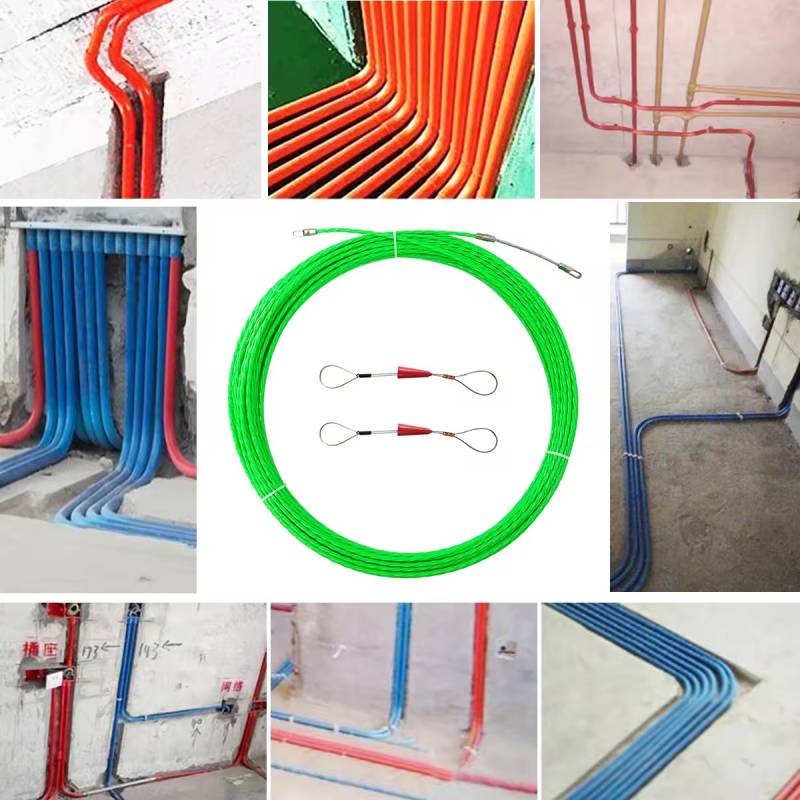
-
 Afrikaans
Afrikaans -
 Albanian
Albanian -
 Amharic
Amharic -
 Arabic
Arabic -
 Armenian
Armenian -
 Azerbaijani
Azerbaijani -
 Basque
Basque -
 Belarusian
Belarusian -
 Bengali
Bengali -
 Bosnian
Bosnian -
 Bulgarian
Bulgarian -
 Catalan
Catalan -
 Cebuano
Cebuano -
 Corsican
Corsican -
 Croatian
Croatian -
 Czech
Czech -
 Danish
Danish -
 Dutch
Dutch -
 English
English -
 Esperanto
Esperanto -
 Estonian
Estonian -
 Finnish
Finnish -
 French
French -
 Frisian
Frisian -
 Galician
Galician -
 Georgian
Georgian -
 German
German -
 Greek
Greek -
 Gujarati
Gujarati -
 Haitian Creole
Haitian Creole -
 hausa
hausa -
 hawaiian
hawaiian -
 Hebrew
Hebrew -
 Hindi
Hindi -
 Miao
Miao -
 Hungarian
Hungarian -
 Icelandic
Icelandic -
 igbo
igbo -
 Indonesian
Indonesian -
 irish
irish -
 Italian
Italian -
 Japanese
Japanese -
 Javanese
Javanese -
 Kannada
Kannada -
 kazakh
kazakh -
 Khmer
Khmer -
 Rwandese
Rwandese -
 Korean
Korean -
 Kurdish
Kurdish -
 Kyrgyz
Kyrgyz -
 Lao
Lao -
 Latin
Latin -
 Latvian
Latvian -
 Lithuanian
Lithuanian -
 Luxembourgish
Luxembourgish -
 Macedonian
Macedonian -
 Malgashi
Malgashi -
 Malay
Malay -
 Malayalam
Malayalam -
 Maltese
Maltese -
 Maori
Maori -
 Marathi
Marathi -
 Mongolian
Mongolian -
 Myanmar
Myanmar -
 Nepali
Nepali -
 Norwegian
Norwegian -
 Norwegian
Norwegian -
 Occitan
Occitan -
 Pashto
Pashto -
 Persian
Persian -
 Polish
Polish -
 Portuguese
Portuguese -
 Punjabi
Punjabi -
 Romanian
Romanian -
 Russian
Russian -
 Samoan
Samoan -
 Scottish Gaelic
Scottish Gaelic -
 Serbian
Serbian -
 Sesotho
Sesotho -
 Shona
Shona -
 Sindhi
Sindhi -
 Sinhala
Sinhala -
 Slovak
Slovak -
 Slovenian
Slovenian -
 Somali
Somali -
 Spanish
Spanish -
 Sundanese
Sundanese -
 Swahili
Swahili -
 Swedish
Swedish -
 Tagalog
Tagalog -
 Tajik
Tajik -
 Tamil
Tamil -
 Tatar
Tatar -
 Telugu
Telugu -
 Thai
Thai -
 Turkish
Turkish -
 Turkmen
Turkmen -
 Ukrainian
Ukrainian -
 Urdu
Urdu -
 Uighur
Uighur -
 Uzbek
Uzbek -
 Vietnamese
Vietnamese -
 Welsh
Welsh -
 Bantu
Bantu -
 Yiddish
Yiddish -
 Yoruba
Yoruba -
 Zulu
Zulu


พ.ย. . 03, 2024 00:17 Back to list
pull rod and push rod
The Mechanics of Pull Rods and Push Rods
In the realm of mechanical engineering, the principles of motion and force transmission are fundamental to the design of various machines and systems. Among the numerous components that facilitate these functions, pull rods and push rods play a crucial role. These rods serve as connectors between moving parts and are essential in transferring forces and motion within many mechanical applications.
Understanding Pull Rods and Push Rods
Pull rods and push rods are types of linkages used in different mechanisms to transmit force. Pull rods are tensile components that are used to exert tension in a mechanical system. In contrast, push rods are compressive components designed to exert force through compression. The choice between using a pull rod or a push rod largely depends on the specific application and the direction of force needed for proper functioning.
Applications in Various Industries
Both pull rods and push rods are integral in the automotive industry, particularly in the designs of engines and suspensions. In engine mechanisms, push rods are commonly used in overhead valve systems, where they transfer motion from the camshaft to the engine's valves, allowing for efficient intake and exhaust cycles. Conversely, pull rods can be utilized in suspension systems to maintain the alignment and stability of vehicle components, providing better handling and ride quality.
pull rod and push rod

In the aerospace industry, pull rods and push rods are also vital for controlling flight surfaces and adjusting configurations during flight. These components are rigorously designed to withstand high-stress conditions while ensuring reliability and safety.
Design Considerations
The design of pull rods and push rods involves careful consideration of materials, geometry, and load requirements. Materials must be selected based on their strength-to-weight ratio, corrosion resistance, and fatigue properties to ensure long-term durability. Additionally, the diameter and length of the rods are critical in determining their performance under various loading conditions. Engineers often utilize simulation software to predict how these components will behave under real-world scenarios, optimizing their designs for maximum efficiency and safety.
Conclusion
Ultimately, pull rods and push rods are essential components in many machines across various industries. Their ability to aid in the transmission of motion and force makes them invaluable in designing and operating intricate systems. As technology continues to advance, innovations in materials and engineering design will likely enhance the functionality and reliability of these critical components, ensuring that industries can meet the ever-growing demands of efficiency and performance.
Latest news
duct-rodders-and-conduit-rod-tools
NewsAug.22,2025
ratchet-pullers-and-wire-tightening-tools
NewsAug.22,2025
chain-ratchet-pullers-and-hoist-solutions
NewsAug.22,2025
telescopic-hot-stick-for-electrical-and-high-voltage-use
NewsAug.22,2025
cable-clamp-and-insulated-cable-clamp-systems
NewsAug.22,2025
duct-rodder-conduit-rodder-and-cable-solutions
NewsAug.22,2025








